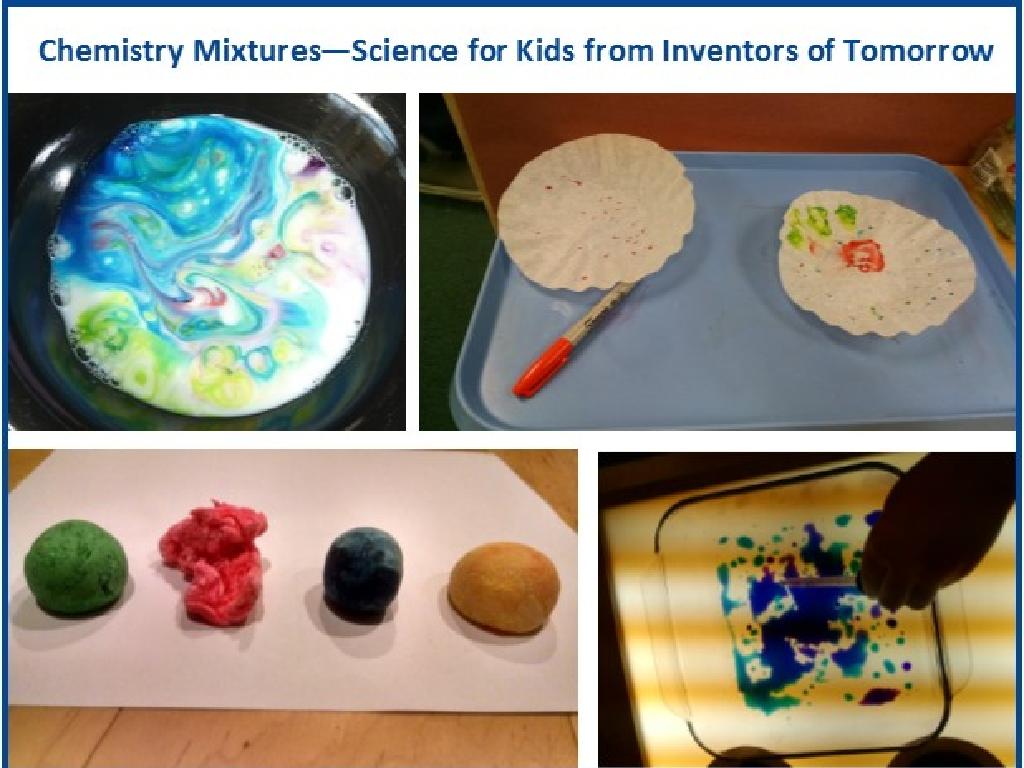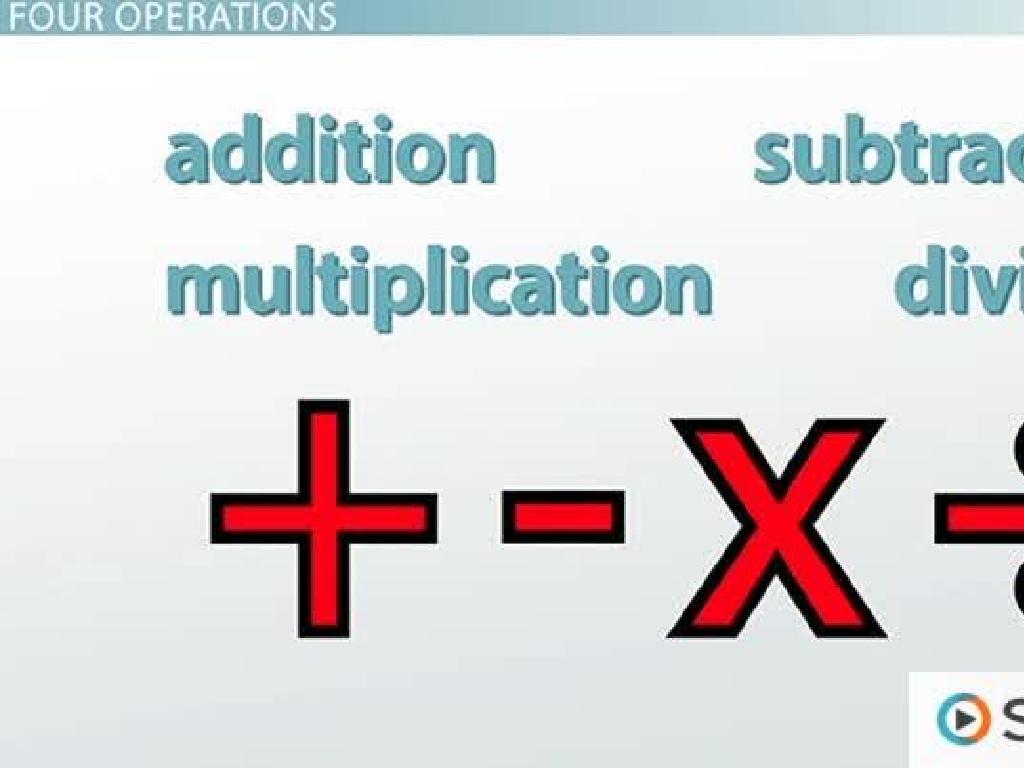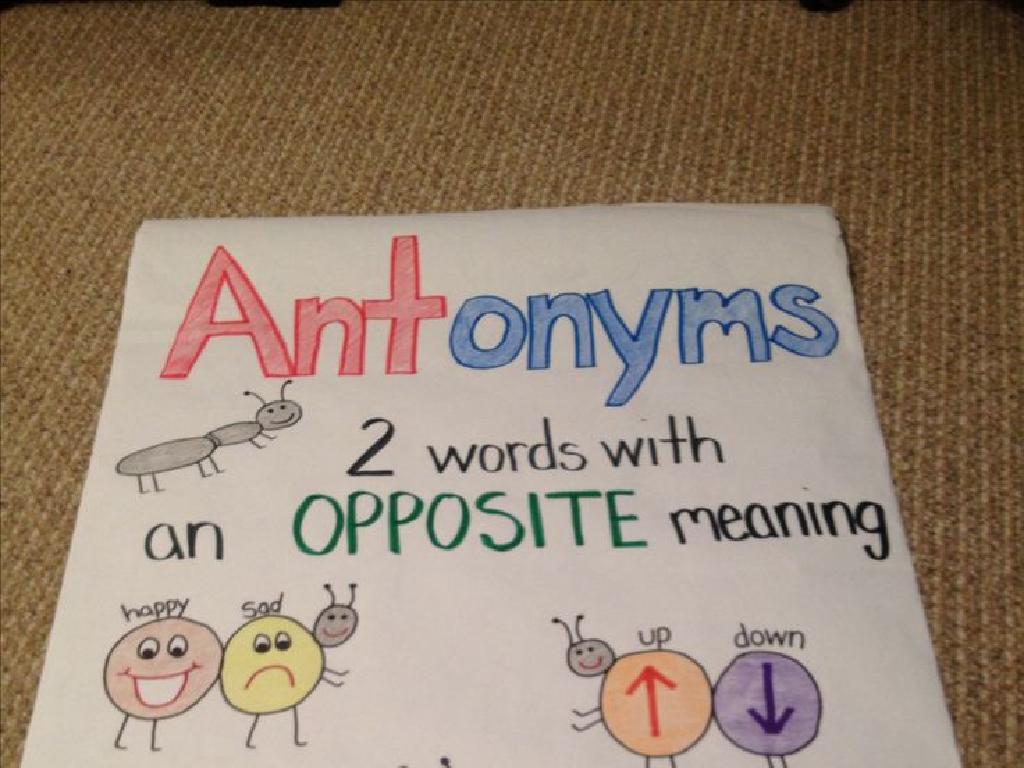Describe The Difference Between Related Words
Subject: Language arts
Grade: Seventh grade
Topic: Synonyms And Antonyms
Please LOG IN to download the presentation. Access is available to registered users only.
View More Content
Welcome to Synonyms and Antonyms!
– Power of word choice
– Defining synonyms and antonyms
– Synonyms: words with similar meanings, e.g., happy and joyful
– Significance of differences
– Antonyms: words with opposite meanings, e.g., hot and cold
– Enhancing communication skills
– Knowing these helps in precise and varied expression
|
This slide introduces the concept of synonyms and antonyms, emphasizing the importance of word choice in communication. Synonyms are words that have similar meanings and can be used interchangeably to add variety to writing. Antonyms are words with opposite meanings, which are crucial for contrasting ideas. Understanding the difference between synonyms and antonyms can greatly enhance a student’s ability to express themselves clearly and effectively. Encourage students to think of examples and to use a thesaurus to expand their vocabulary. This foundational knowledge will aid them in writing essays, understanding literature, and improving their overall language skills.
Exploring Synonyms
– Definition of synonyms
– Words that have similar meanings, like ‘big’ and ‘large’.
– Examples of synonyms
– ‘Happy’ and ‘joyful’, ‘sad’ and ‘unhappy’ mean the same.
– Synonyms enhance writing
– Using different words for ‘good’ can make stories more exciting.
– Practice using synonyms
|
This slide introduces the concept of synonyms to the students, explaining that they are words with similar meanings. Provide clear examples such as ‘happy’ and ‘joyful’, ‘sad’ and ‘unhappy’ to illustrate the point. Emphasize how using synonyms can add variety and interest to their writing, making it less repetitive and more engaging. Encourage students to think of synonyms for common words they use and to practice incorporating them into their writing. As an activity, students could work in pairs to come up with a list of synonyms for overused words and share them with the class.
Exploring Antonyms
– Antonyms: Words with opposite meanings
– Examples: ‘big’ vs ‘small’, ‘light’ vs ‘dark’
– ‘Big’ implies large size, while ‘small’ indicates a smaller size
– Role of antonyms in language
– Antonyms add depth to our conversations and writings
– Enhancing descriptive skills
– Using antonyms can make our descriptions more vivid and precise
|
This slide introduces the concept of antonyms to the students, explaining that they are words with opposite meanings. Provide clear examples such as ‘big’ and ‘small’, ‘light’ and ‘dark’ to illustrate the concept. Discuss how antonyms are not just about vocabulary but also about understanding the contrast and nuances in language. Emphasize how using antonyms can enhance descriptive skills by allowing students to express ideas more precisely. Encourage students to think of additional examples and to use antonyms in their daily language to improve their communication skills.
Shades of Meaning: Synonyms
– Synonyms aren’t always identical
– ‘Terrified’ vs. ‘scared’
– Both words mean afraid, but ‘terrified’ implies a higher level of fear than ‘scared’.
– Context influences synonym choice
– The situation often dictates which word fits best.
– Understanding intensity in synonyms
– Words like ‘terrified’ add more drama or severity compared to ‘scared’.
|
This slide aims to teach students that while synonyms are words with similar meanings, they often carry different connotations or levels of intensity. For example, ‘terrified’ suggests a stronger emotion than ‘scared.’ It’s crucial for students to consider the context in which they’re writing to choose the most appropriate synonym. Encourage them to think about the ‘weight’ of the word and how it fits into what they’re trying to express. Provide additional examples and have students practice identifying subtle differences between synonyms in various sentences to enhance their understanding.
Using Synonyms and Antonyms in Sentences
– Identify synonyms and antonyms
– Find words with similar or opposite meanings in sentences.
– Impact of word choice on meaning
– Discuss how synonyms can subtly change a sentence’s tone.
– Practice word replacement
– Replace words to understand how synonyms/antonyms affect context.
– Enhance sentence variety
|
This slide aims to teach students how to identify and use synonyms and antonyms within the context of sentences. By examining sample sentences, students will learn how different words can alter the meaning and tone of a sentence. They will practice replacing words with their synonyms and antonyms to see the effect on the sentence’s meaning. This exercise will help students understand the nuances of language and improve their ability to express themselves with greater clarity and variety. Encourage students to think critically about word choice and to experiment with using different synonyms and antonyms in their writing to enhance their communication skills.
Activity: Synonym and Antonym Match-Up
– Match words with synonyms and antonyms
– Work in pairs for collaboration
– Share your matches with the class
– Discuss the reasons for your choices
– Explain why you think they’re synonyms or antonyms
|
This classroom activity is designed to reinforce the understanding of synonyms and antonyms. Students will work in pairs to match a list of words with their correct synonyms and antonyms, promoting teamwork and communication. After matching, each pair will share their answers with the class, providing an opportunity for discussion. This will help students articulate their thought process and reasoning behind their choices. As a teacher, facilitate the discussion by asking why certain matches were made and if there are any alternative synonyms or antonyms that could also be correct. Prepare a diverse list of words in advance, ensuring varying levels of difficulty to cater to all students. Consider creating a worksheet with two columns for synonyms and antonyms to organize the activity.
Writing Exercise: Enhancing Our Stories
– Select a story paragraph
– Enhance with synonyms
– Use synonyms for more vivid storytelling
– Change tone with antonyms
– Antonyms can alter the mood or perspective
– Reflect on the changes
– How do these changes affect the story?
|
This exercise is designed to help students understand the impact of word choice on storytelling. By choosing a paragraph from a well-known story, students can see how synonyms can enhance the original text, making it more descriptive or intense. Conversely, using antonyms can significantly change the tone, making a serious scene comical or a happy moment sad. Encourage students to reflect on how their word choices can alter the reader’s experience. This activity will not only expand their vocabulary but also develop their ability to analyze literature and improve their writing skills.
Review and Reflection: Synonyms and Antonyms
– Recap on synonyms and antonyms
– Synonyms are words with similar meanings, antonyms are opposites.
– Importance of word choice
– Precise words convey clear meaning and tone.
– Applying knowledge to writing
– Use synonyms for variety, antonyms to contrast ideas.
– Reflect on today’s learning
|
Today’s lesson on synonyms and antonyms is crucial for enhancing vocabulary and improving writing skills. Understanding synonyms helps students find the right word for the right context, adding richness and precision to their language. Grasping antonyms allows them to clearly express contrast and opposition in their ideas. Encourage students to reflect on how these tools can make their writing more engaging and accurate. Ask them to provide examples of how different word choices could change the meaning or impact of a sentence. This reflection will help solidify their understanding and the importance of careful word selection in effective communication.
Class Activity: Synonym & Antonym Story Challenge
– Form groups for story creation
– Use provided synonyms and antonyms
– Words with similar/different meanings
– Craft a coherent and engaging story
– Present and discuss your story
– Explain why certain words were chosen
|
This activity is designed to enhance students’ understanding of synonyms and antonyms through a creative and collaborative exercise. Divide the class into small groups and provide each with a list of words that includes both synonyms and antonyms. The task for each group is to create a short story that incorporates these words in a way that makes sense and keeps the story interesting. After the groups have finished writing, they will present their stories to the class. Following each presentation, there should be a discussion about the word choices, focusing on how the synonyms and antonyms affected the story’s clarity and engagement. This will help students to see the practical use of synonyms and antonyms in language and storytelling. Provide guidance and support as needed, and ensure that each group understands the importance of word choice in writing.





